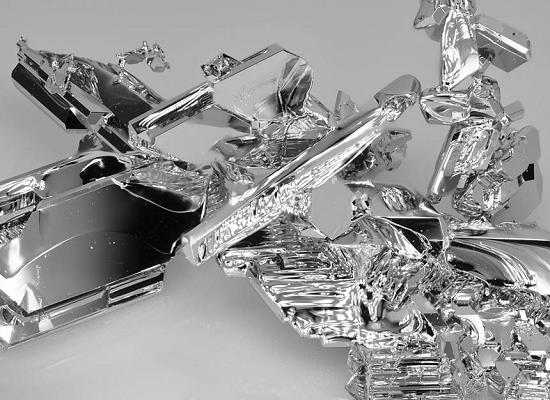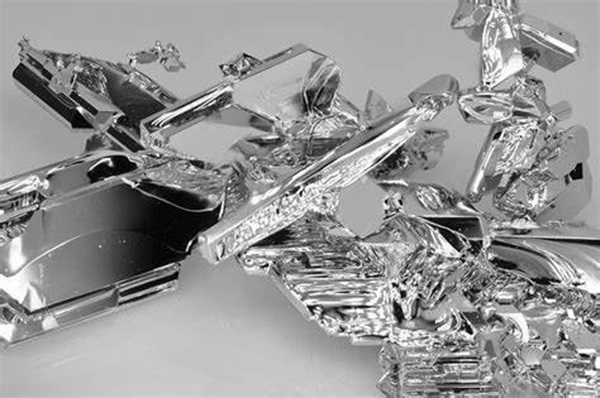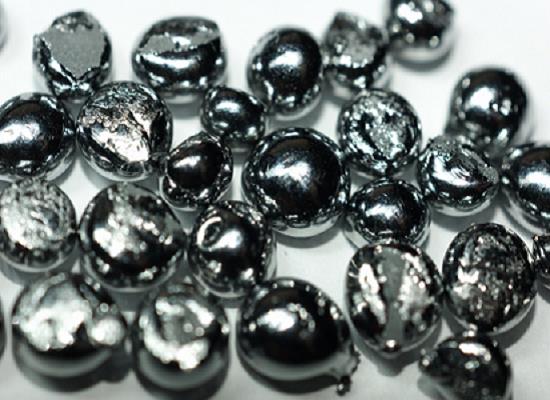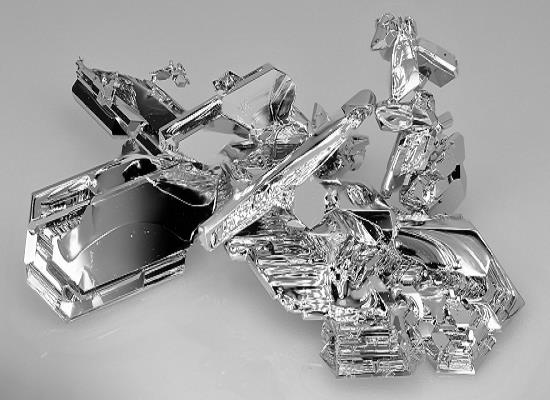Ruthenium: Development of its Nanodrugs and Pharmacokinetics
General Description
The development of ruthenium nanodrugs involves optimizing the structure of ruthenium complexes and utilizing advanced drug delivery technologies to enhance therapeutic effects. Incorporating ruthenium complexes into nano drug delivery systems allows for targeted delivery to tumor cells, increased selectivity, enhanced lipophilicity, and the simultaneous delivery of multiple therapeutic components. Various nanocarriers, such as selenium nanoparticles and gold nanomaterials, have been used to improve targeting and delivery. Excipient-free nanodrugs offer a unique approach, potentially introducing therapeutic effects beyond traditional carriers. Understanding the pharmacokinetics of ruthenium complexes is crucial for effective drug delivery and optimizing therapeutic potential, involving absorption, distribution, metabolism, and excretion studies to ensure efficacy and safety in drug development.

Figure 1. Ruthenium
Development of its Nanodrugs
The development of ruthenium nanodrugs involves structural optimization of ruthenium complexes combined with advanced drug delivery technologies to enhance their therapeutic effects. Traditional methods often struggle to balance steric hindrance and lipophilicity requirements in a single compound. Thus, the integration of ruthenium complexes into nano drug delivery systems (NDDS) becomes essential. NDDS offers several advantages over conventional methods. Firstly, it enables targeted delivery of ruthenium complexes to tumor cells through enhanced permeability and retention (EPR) effect or active targeting using modified nanoparticles. Secondly, NDDS enhances the selectivity of ruthenium compounds, reducing systemic toxicity. Thirdly, it increases the lipophilicity of ruthenium complexes, promoting their delivery to tumor cells without altering their structure. Fourthly, NDDS allows for the simultaneous delivery of multiple therapeutic components, enhancing treatment efficacy. Studies have encapsulated ruthenium complexes in various nanocarriers such as selenium nanoparticles, gold nanomaterials, silicon dioxide composites, and carbon nanotubes, improving their targeting and delivery to tumor cells. Excipient-free nanodrugs, which self-assemble active pharmaceutical ingredients into nanomaterial matrices, have also attracted attention. These nanodrugs differ based on whether the total amount of additives exceeds 80%, potentially introducing therapeutic effects beyond traditional excipients. However, additives in excipient-free NDDS may exert therapeutic effects rather than solely serving as carriers, contrasting with their conventional role in drug formulation. Overall, the development of ruthenium nanodrugs involves a combination of structural optimization and advanced delivery technologies to enhance therapeutic efficacy while minimizing systemic toxicity. 1
Pharmacokinetics
The pharmacokinetics of ruthenium complexes involve the study of how these compounds are absorbed, distributed, metabolized, and excreted in the body. Understanding the pharmacokinetic properties of ruthenium complexes is crucial for developing effective drug delivery strategies and optimizing their therapeutic potential. The cellular uptake of ruthenium complexes can occur through various mechanisms, including passive diffusion, endocytosis, and receptor-mediated endocytosis. Factors such as metabolic inhibitors, transporter inhibitors, and membrane potential can influence the uptake of these complexes. Studies on different ruthenium complexes, such as Ru(DIP)2DPPZ2+ and protonated ruthenium complexes, have shown varying uptake behaviors, with some being actively expelled from cells. Inhibitors like chlorpromazine, M-β-CD, filipin, mycorycin, and amiloride have been used to understand the endocytosis pathways of ruthenium complexes. Receptor-mediated endocytosis, involving receptors like integrin and transferrin receptor, plays a significant role in the uptake of ruthenium nanoparticles by cells. Designing functionalized ruthenium prodrugs, such as Ru-RGD, with specific targeting mechanisms can enhance the selective uptake of ruthenium by tumor cells through integrin-mediated endocytosis. In vivo studies on the distribution, metabolism, and excretion of ruthenium complexes have focused on their pharmacokinetic properties. Quantification methods like ICP-MS, LC-MS/MS, and graphite furnace atomic absorption spectrometry are used to determine ruthenium content. The pharmacokinetic characteristics of ruthenium complexes, such as KP1019, including distribution volume, clearance rate, and half-life, are important considerations in drug development. Metabolism of ruthenium complexes, particularly their hydrolysis and interaction with DNA, is crucial for understanding their activation and potential impact on cellular processes. Excretion studies using methods like ICP-MS, MRI/PAI, fluorescence imaging, and SPECT/CT help assess the clearance of ruthenium complexes from the body and potential toxicity concerns. Overall, studying the pharmacokinetics and ADME properties of ruthenium complexes is essential for their development as potential drugs, considering factors like distribution, metabolism, and excretion to optimize their therapeutic efficacy and safety profile. 2
Reference
1. Kaluderović GN, Paschke R. Anticancer metallotherapeutics in preclinical development. Curr Med Chem. 2011; 18(31): 4738-4752.
2. Lu Y, Zhu D, Le Q, Wang Y, Wang W. Ruthenium-based antitumor drugs and delivery systems from monotherapy to combination therapy. Nanoscale. 2022; 14(44): 16339-16375.
Related articles And Qustion
See also
Lastest Price from Ruthenium manufacturers

US $2.00-6.00/kg2025-07-25
- CAS:
- 7440-18-8
- Min. Order:
- 1kg
- Purity:
- 99%
- Supply Ability:
- 100kg

US $0.00-0.00/kg2025-04-04
- CAS:
- 7440-18-8
- Min. Order:
- 1kg
- Purity:
- 98%
- Supply Ability:
- 1Ton





